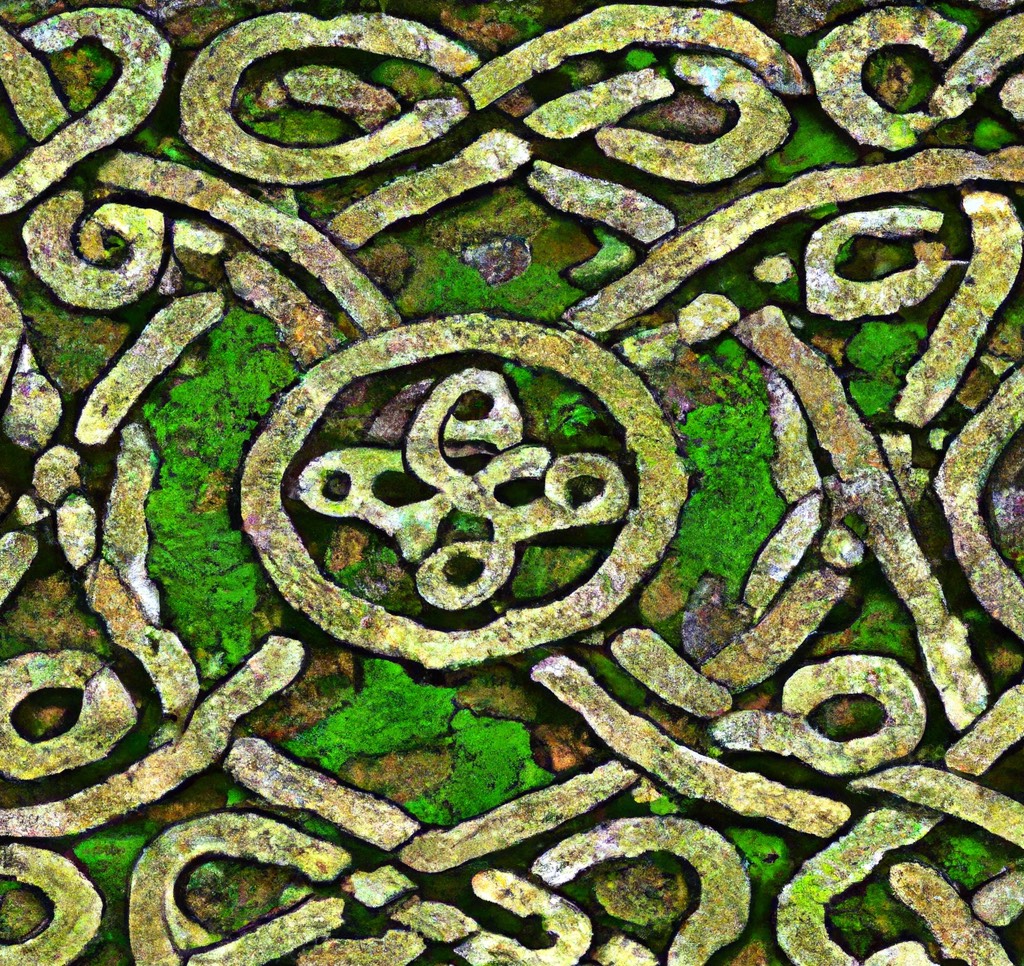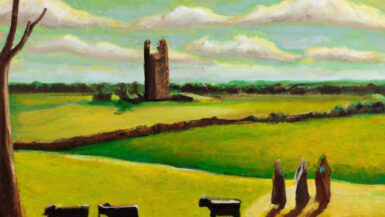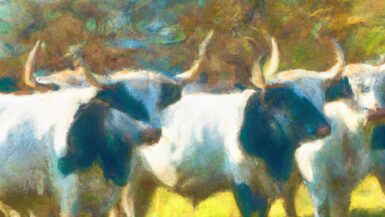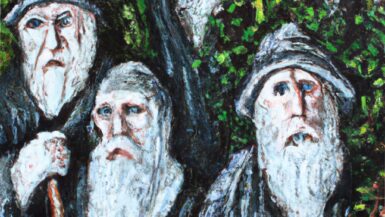Ireland, with its rich tapestry of history, has long been a focal point for artistic expression. Among the most notable influences in its artistic timeline is Celtic art, particularly the La Tène style. Spanning from approximately 450 BC to the Roman conquests, La Tène artistry is characterized by intricate designs, flourishing curvilinear motifs, and impeccable craftsmanship.
Understanding the Origins: The La Tène Style
Originating in modern-day Switzerland, the La Tène culture emerged around the late Iron Age. Named after the site of La Tène on Lake Neuchâtel, it rapidly spread across Europe, reaching Ireland by the 3rd century BC.
Hallmarks of La Tène Art
La Tène’s distinct style differentiates it from other artistic movements of its time.
- Curvilinear Patterns: Recognized for its flowing lines and spirals, La Tène art is devoid of straight lines, opting instead for mesmerizing swirls and twists.
- Animal Motifs: Stylized renditions of birds, horses, and mythical creatures are recurrent in La Tène artifacts.
- Symmetry and Geometry: Symmetrically balanced designs, enhanced by repetitive geometric patterns, are quintessential to this art form.
The Mediums: Expressions of La Tène Artistry
Ireland became a canvas for the La Tène style, with artists employing various mediums to showcase their creativity.
- Metalwork: Ireland’s abundance in metal resources, especially gold, facilitated intricate jewelry and ornamental pieces. Brooches, torcs, and shields bearing La Tène motifs were common.
- Stonework: The artistry extended to stone, especially in sculptural works and decorative stones associated with religious sites.
- Wood: While less has survived of La Tène woodwork due to its perishable nature, historical records and archaeological finds hint at its significance.
Notable Artifacts: Showcasing Irish La Tène Mastery
Several La Tène artifacts discovered in Ireland stand testament to the skill and sophistication of Celtic artists.
- The Broighter Gold: Found in County Londonderry, this hoard includes a gold boat, torc, and bowl – each exquisitely detailed in the La Tène style.
- The Petrie Crown: An intricate bronze diadem, its design is rife with La Tène inspired spirals and triskeles.
- The Turoe Stone: Located in County Galway, this stone pillar is lavishly decorated with swirling La Tène patterns.
Societal Role: The Importance of La Tène Art in Celtic Society
La Tène artifacts weren’t merely decorative. They bore significant societal, religious, and political implications.
- Status Symbols: Ownership of intricate La Tène objects often indicated high societal rank. Chieftains and warriors donned La Tène styled jewelry as markers of prestige.
- Religious Context: Many La Tène artifacts, especially stonework at sacred sites, are believed to hold religious significance, possibly used in rituals or as offerings.
- Trade and Connectivity: La Tène artifacts indicate an interconnected Europe. Similar designs found across the continent showcase shared aesthetics, suggesting robust trade routes and cultural exchanges.
The Legacy: How La Tène Art Influenced Later Irish Art
While the prominence of La Tène art waned with the onset of Christianity in Ireland, its influence persisted.
- Monastic Art: Early Christian art in Ireland, particularly illuminated manuscripts like the Book of Kells, showcase patterns reminiscent of La Tène designs.
- Modern Interpretations: Today, the swirling patterns and intricate designs of La Tène art are echoed in modern jewelry, tattoos, and Irish design elements, underscoring its timeless appeal.
Preservation and Appreciation: La Tène Art in Modern Ireland
Ireland, recognizing the value of its La Tène heritage, has undertaken extensive efforts to preserve and promote it.
- Museums: Institutions like the National Museum of Ireland house extensive La Tène collections, offering insights into this artistic epoch.
- Cultural Festivals: Events celebrating Celtic culture often highlight La Tène artistry, through workshops, exhibitions, and craft fairs.
- Educational Curriculum: Irish educational systems integrate the study of La Tène and Celtic art, ensuring that future generations remain connected to this rich heritage.
To delve into the world of Celtic art in Ireland, especially the La Tène style, is to traverse an intricate labyrinth of swirls, motifs, and historical context. While the La Tène era has long passed, its echoes reverberate through the annals of Irish art, forever imprinting its legacy on the Emerald Isle.






Leave a reply